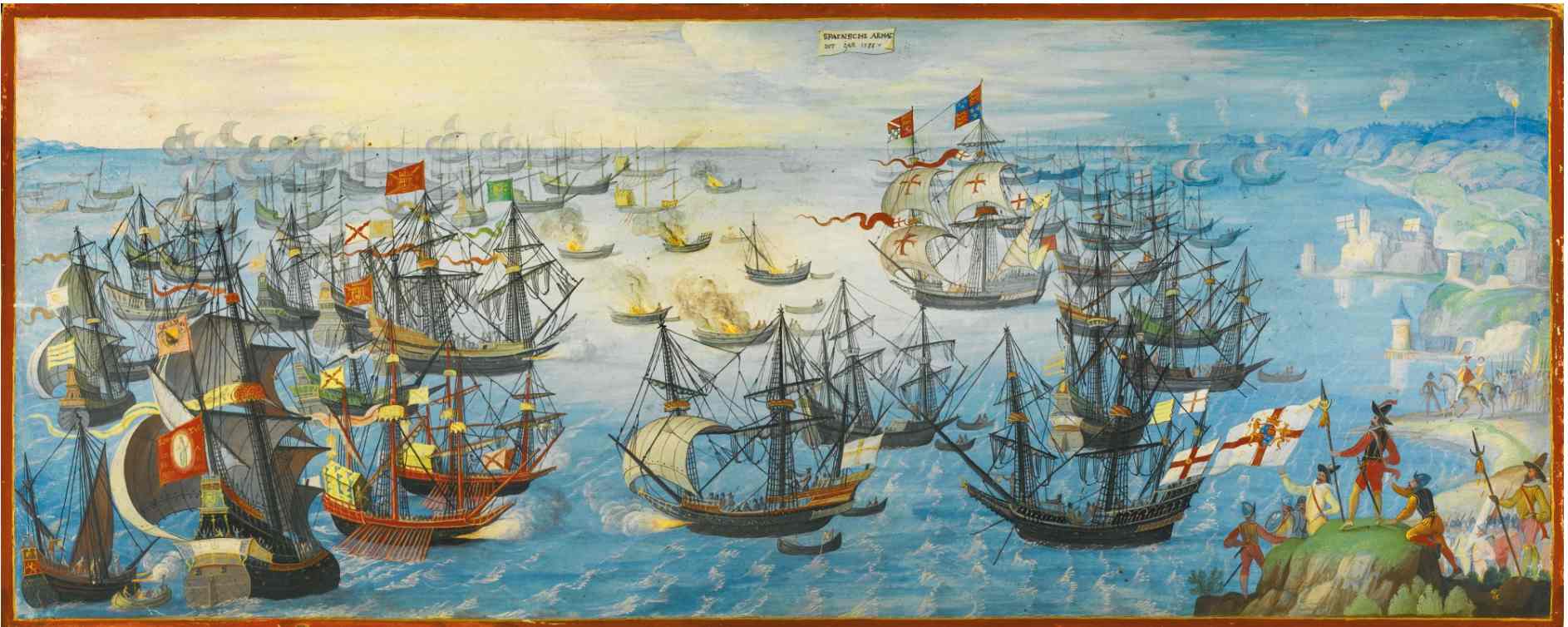

From Basque ports Juan Mart ínez de Recalde and Miguel de Oquendo would bring two dozen armed ships. Santa Cruz assembled at Lisbon nine Portuguese galleons and another three dozen vessels. When English land and sea forces responded to its landing force, Parma would invade Kent, overthrow Elizabeth, and establish a Catholic regime. The troops would land in either Wales or Ireland. Santa Cruz prepared a plan that called for some one hundred fifty fighting galleons and ships, six galleasses, forty galleys, and over three hundred other vessels large and small to transport fifty-five thousand infantry and sixteen hundred cavalry, artillery, and supplies. He eventually collected over two hundred barges and eighty coasters.

Parma thought that 35,000 men might cross in twelve hours with favorable weather and sufficient secrecy. He also asked Santa Cruz and the duke of Parma, his commander in the Netherlands, to submit plans for the "Enterprise of England," that is its invasion, for which he asked blessing and money from Pope Sixtus V. Philip ordered the marquis of Santa Cruz in Lisbon to form an armada of thirty-four ships to pursue and "punish" Drake. Drake surprised Vigo, Spain, in October, then proceeded to the Caribbean and sacked Santo Domingo and Cartagena. Elizabeth signed the Treaty of Nonesuch with the Dutch and permitted Sir Francis Drake to maraud in response to a Spanish embargo. In 1585 worsening relations between Philip II of Spain and Elizabeth I of England erupted into war. Its defeat left England Protestant, aided the Dutch Revolt, and compounded the tax burden on Spain's strained economy. Often called the "Invincible Armada," the Spanish Armada was the invasion fleet launched against England in 1588 by Philip II of Spain.


 0 kommentar(er)
0 kommentar(er)
